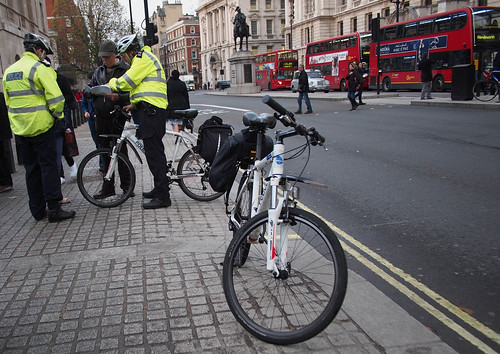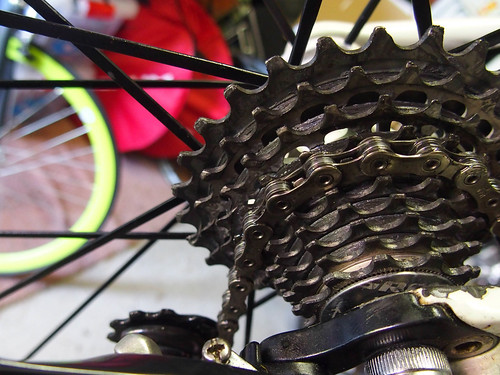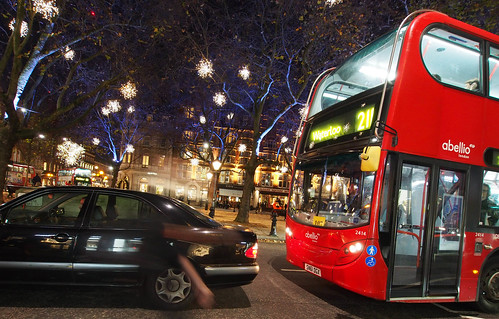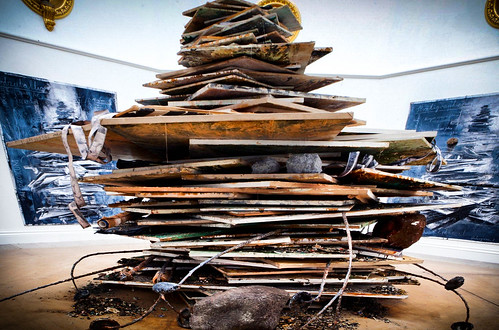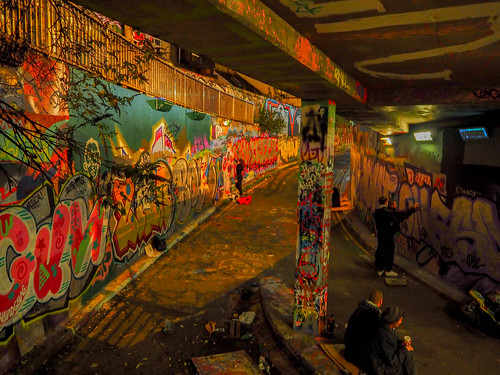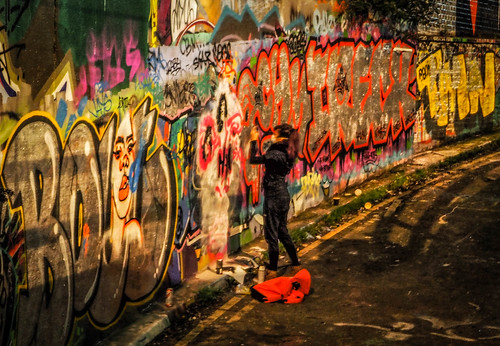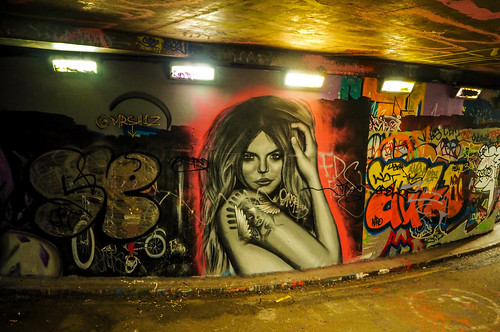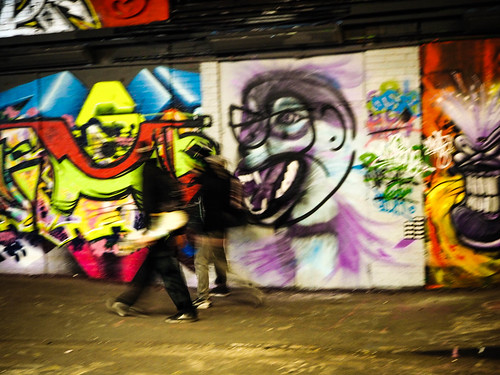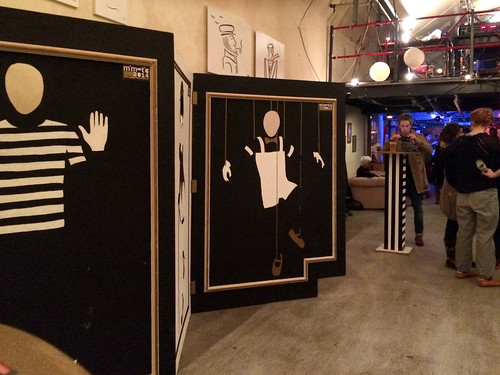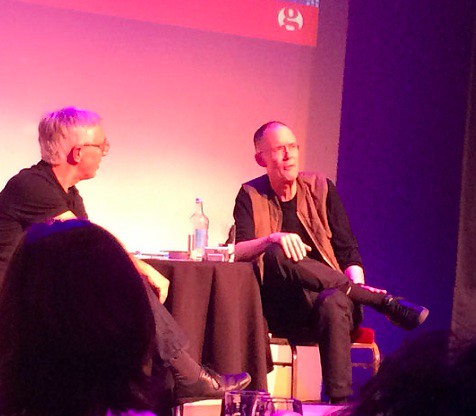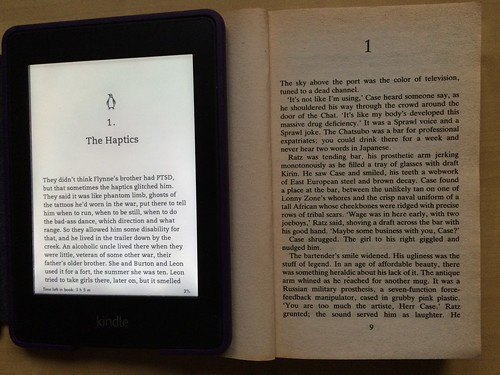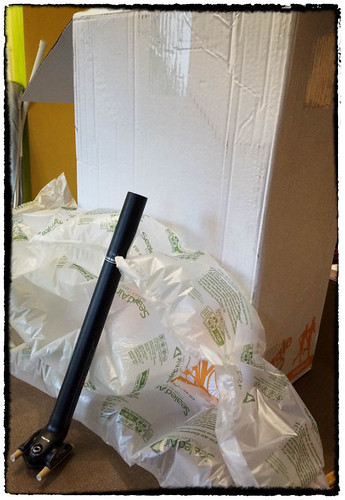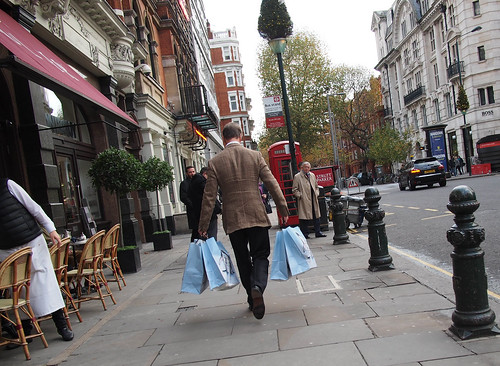
I skittered around the radio channels this morning to avoid certain programmes that I don't like, but even BBC 6 Music was playing something so dire that I had to switch it off.
An opportune time to play the recently arrived Tom Yorke LP instead.
Nowadays I'm mainly a digital listener, viewer and reader, but I make exceptions for things I'd buy that come with some sort of artistic attempt. So for music it has to offer something more than a PS'd packshot of the band/singer and a top thirds titling stripe.
Tomorrow's modern boxes is such an artefact. I ordered it so long ago that I'd actually forgotten what it was that I was expecting. I think the download was announced and appeared in about ten seconds back in September, so there's a kind of humorous aspect to the analogue delay in getting the physical product into one's hands.

The Radioheads have long been good at referencing Target Markets and Waste, even away from their proper pop records, and this seems to fall into that category too.
White vinyl, a label without descriptions, a card inner jacket printed with the useful non-revolving information. An outer sleeve and even a dust bag. The kind of ziplock dust bag that an be used to preserve a specimen of something. I expect that is the point. I wonder how many copies get physically played rather than purely downloaded? My copy has already had a stylus through its grooves. I know there's a separate download code, which ensures there's also an easy way to get it into my digital library.
The very act of putting a stylus onto it has no doubt destroyed its resale potential as a modern collectable. I see they are already one of the most expensive vinyl albums on eBay.
But what of the content?
Squelchy and glitchy cushions for intense Thom Yorke vocals. It was somehow on the right frequency for my solitary early morning listening.
At one level it flibbles around with sequencer autopilot settings, but I think that is it's deception. If I run a sequencer and synth I can make some passable sounds, but Thom Yorke clearly trips into an altogether higher level of refinement.
Brian Eno came up with the ambient techno app that could play Eno-esque music for ever. The first one was Bloom and then Air lived on my iPhone taking a Music for Airports vibe and making it infinite. Add in Scape and Oblique Strategies and there's Eno's set of 'music like structures for modern boxes'.
I'm guessing Thom Yorke is playing around with some similar ideas between Radiohead projects. After all, it's over 20 years since Radiohead said that anyone can play guitar.
